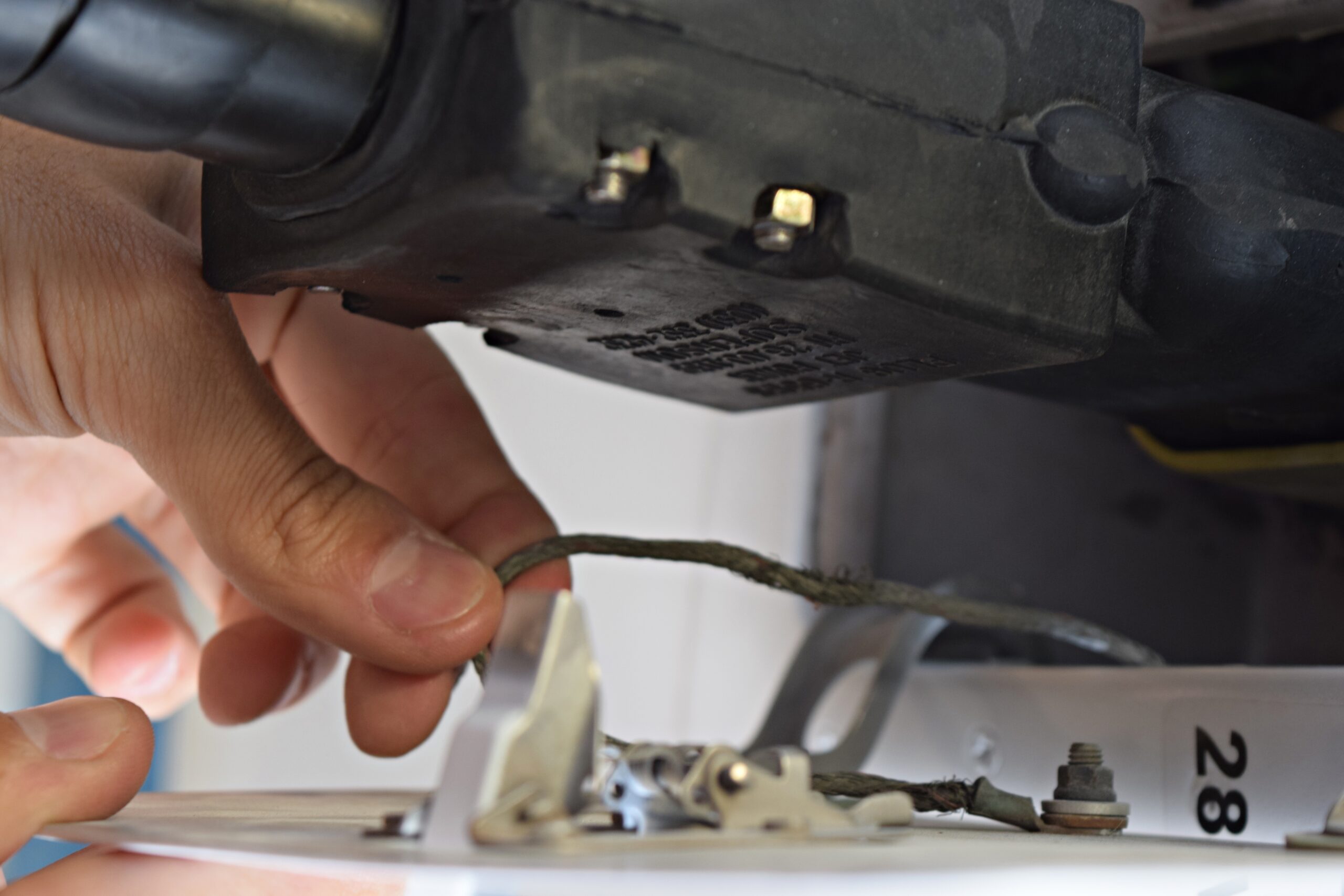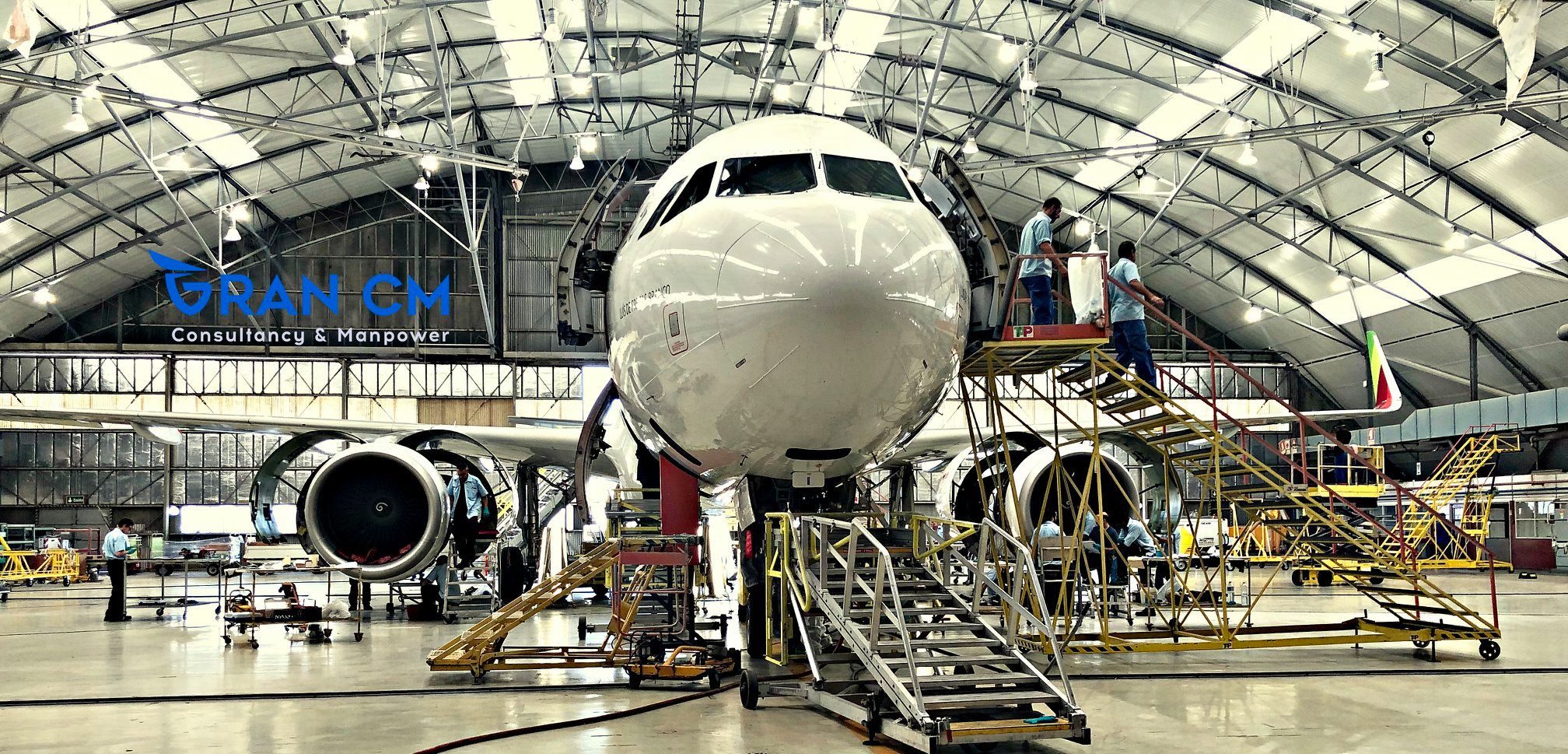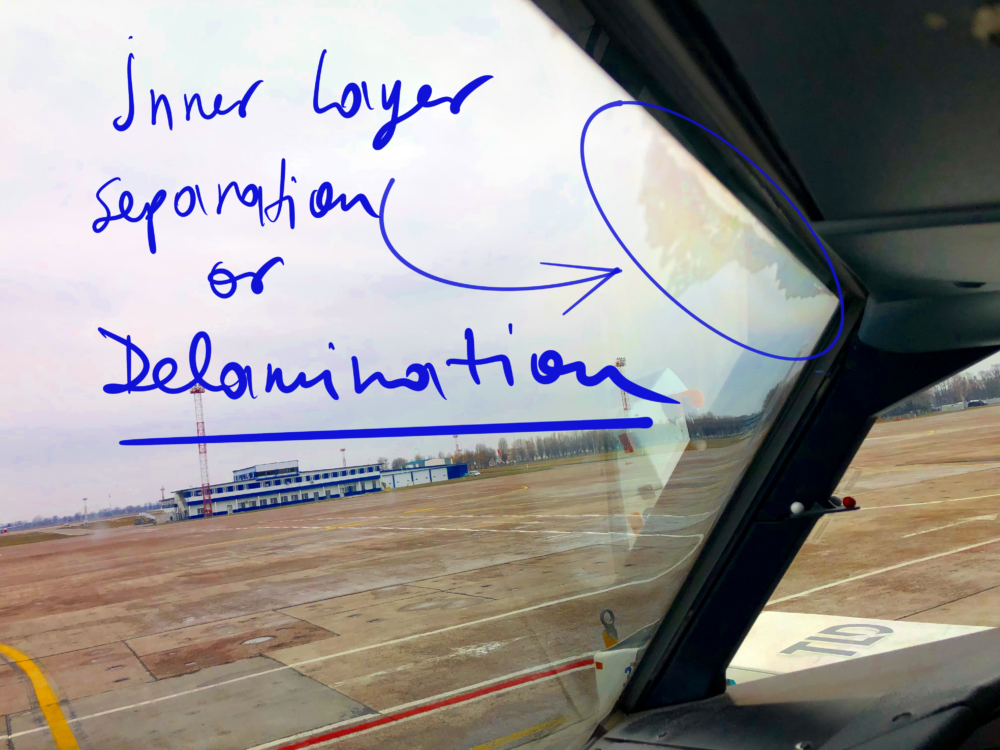Example 1:
1 hour = 1 MH
30 minutes = 0.5 MH
For aircraft maintenance planners knowing the number of man hours required for a job is a very valuable information. Based on the man hours and skills needed for a group of aircraft maintenance tasks, the Planning Engineer is able to plan the number of specialists required for the next aircraft stop or maintenance event.
It is also important to consider which skills are needed before choosing who will be in charge of the job.
Example 2:
Job: ATC Antenna Replacement
MH: 0.5 in accordance with the aircraft’s MPD.
1. Discern the provided data/information. The aircraft manufacturer provides the number of man hours to be used under ideal conditions such as having the hangar space with right conditions and all the tools at engineer’s disposal; for instance, it is simply not the same to perform this task the same way under the same amount of time if you are in a cold environment. For example, sometimes the temperature inside the hanger is not climate controlled and it can drop to 10 degrees Celsius or less. Honestly, the human body isn’t designed to provide it’s best under those conditions. Thus, manhours should be adjusted.
2. Be aware of how the organization performs. The conditions that the organization provides together with its personnel to execute the job are fundamental. Normally, a count factor is calculated based on experience where it is multiplied by the manufacturer’s calculations. That way it is possible to do a forecast of the time or man hours (MH) needed for each task with much more accuracy as this time is adjusted to the conditions in which the organization is operating.
Multiply by Count Factor:
Let’s say that a maintenance organization takes two times longer than what the aircraft manufacturer’s maintenance program indicates in its documentation, so, in this case, the count factor would be 2.
Count Factor = 2
Task (Source: MPD) = 0.5 MH
Task (Adjusted) = Count Factor x Task (Source: MPD) = 2×0.5 = 1 MH
3. Take into account the general circumstances. Things can get tricky and complicated if logical situations aren’t taken into consideration. The later circumstances are the travel time from platform to hangar, or other MEL items with high priority which can shift the available time to work on the aircraft, etc.
4. Consider the skills that are required to perform the estimated time. ATC antenna like any other antennas in aviation, must be tested after installation, for the testing it is a must to have an avionic (FAA) or B2 licensed engineer (EASA) to do and sign off the job, if the mechanic or engineer in charge is capable to fit the antenna physically he can do it by himself (EASA) with an inspector (FAA) or the job can be split as per the example below as commonly done in big organizations handling multiple projects:
Step (1): Remove antenna – Airframe Mechanic / B1 Engineer
Step (2): Install Antenna – Airframe Mechanic / B1 Engineer
Step (3): Test antenna – Avionic / B2 Engineer
To accurately estimate how long it would take each engineer to do his or her job, it is highly recommended to attentively go through the task’s technical references.
This is how interesting it can get without mentioning the economical importance that these calculations have, knowing that this kind of job is paid based on the time the specialist spends on doing it.
Organizations hire effective and highly experienced specialists for these kind of jobs, or they search for independent consulting services providers.
Aviation is not a joke, it is a passion, ..well, at least for me. Consult with experts.
Subscribe:
Attention aviation enthusiasts! Soar to new heights with our blog, where we share the latest updates, insights, and stories from the fascinating world of aviation. By subscribing to our notifications, you’ll never miss a post—whether it’s breaking news, detailed analyses of cutting-edge aircraft, or captivating tales from the skies. Join our community of passionate aviators and stay informed, inspired, and engaged with the ever-evolving wonders of flight. Subscribe now and keep your love for aviation flying high!




November 11, 2020, 1:29 pm
To be a good planning engineer ,the one must have field experience at lease LAME , in order to have a know how much Man Hour needed, before inform to customer